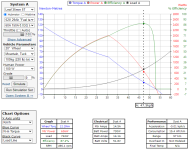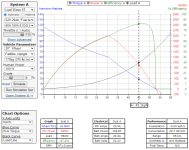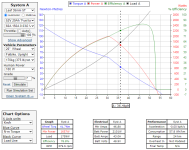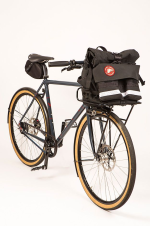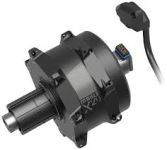I've begged the owners of leafbike and also grin for 0.27mm laminations but the answer has been no for years.
There would be limited to no benefit until you get around to a 20" wheel and you're pushing insane power/speed.
0.27mm lams would have some benefit in geared motors and mid drives but i cannot convince anyone to spend the extra $20 to get another few % of efficiency.
There would be limited to no benefit until you get around to a 20" wheel and you're pushing insane power/speed.
0.27mm lams would have some benefit in geared motors and mid drives but i cannot convince anyone to spend the extra $20 to get another few % of efficiency.




